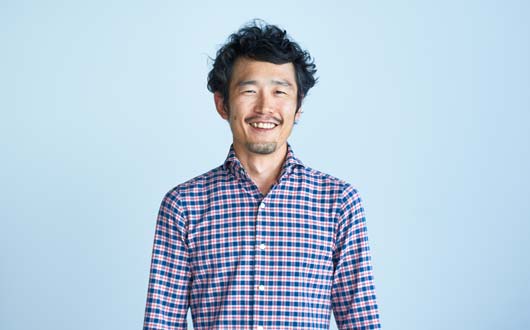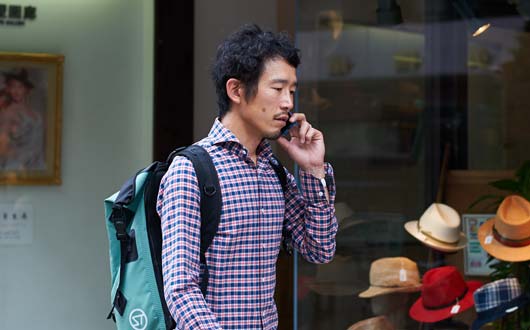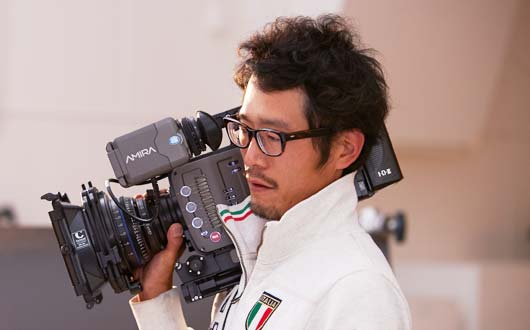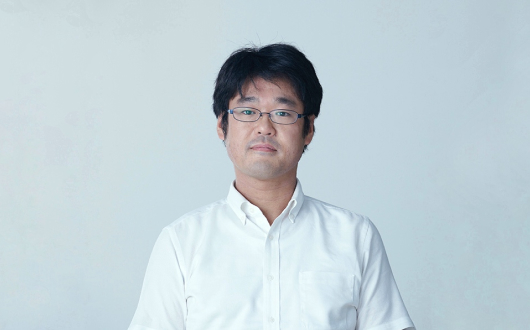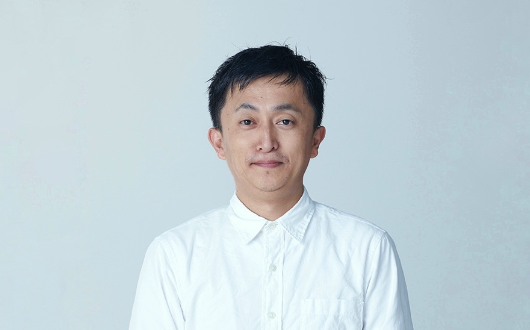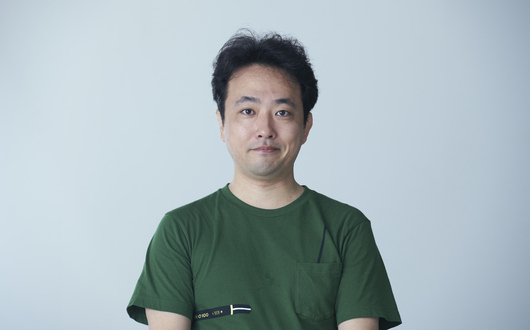Rules that a Photographer Must Live By Rules that a Photographer Must Live By Rules that a Photographer Must Live By
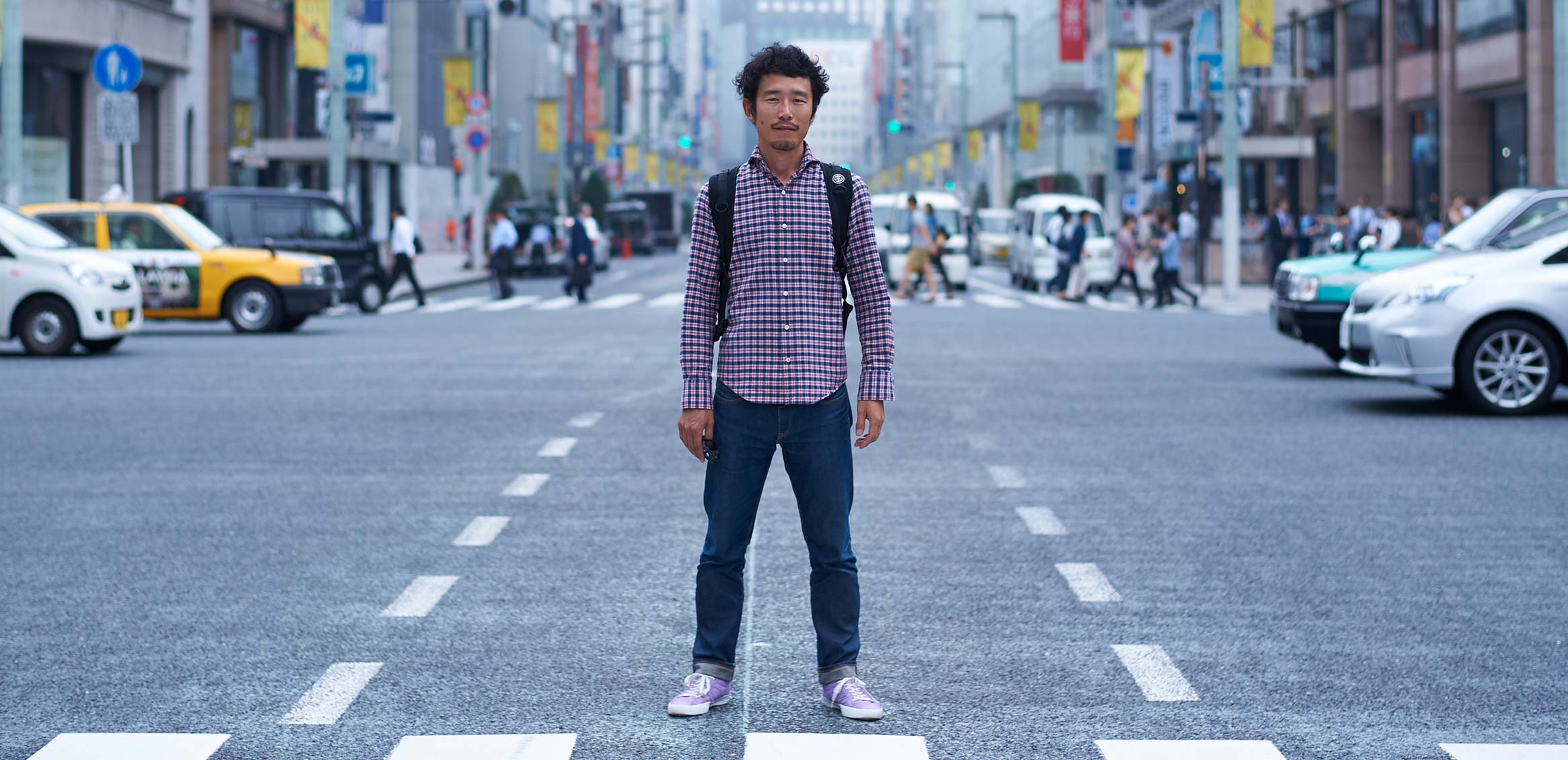
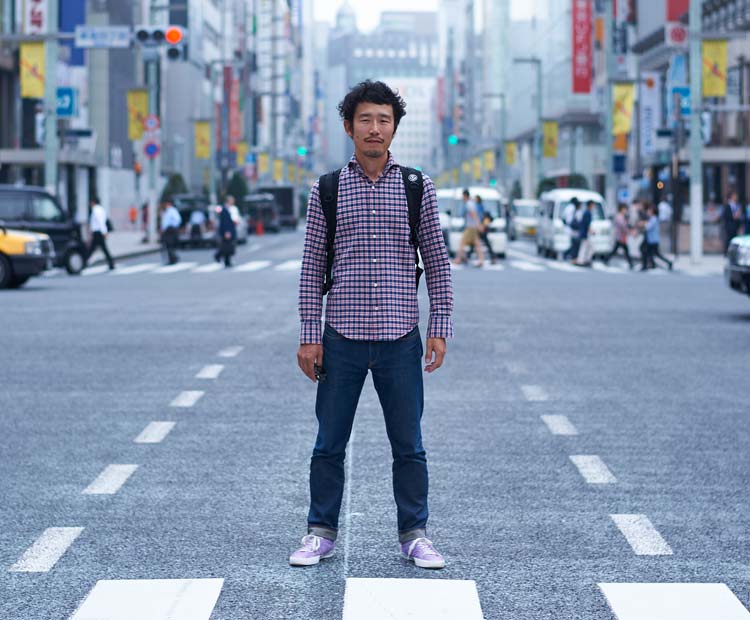
The photographer must be the most dispassionate person at the scene with regards to the subject.
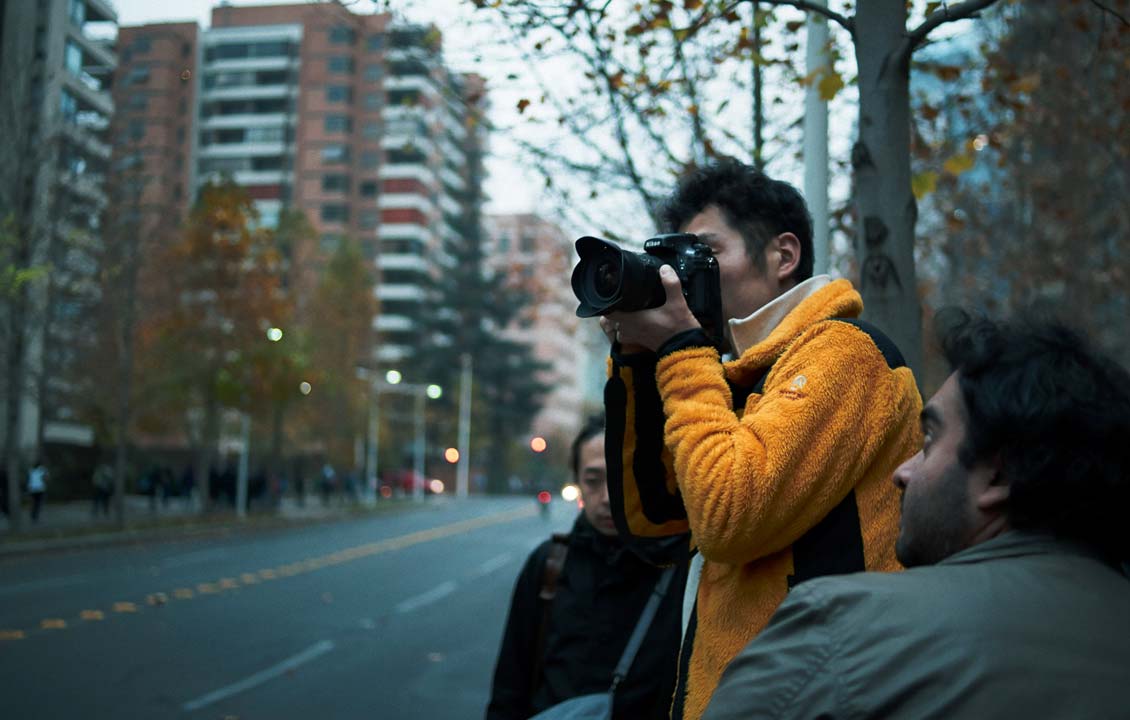
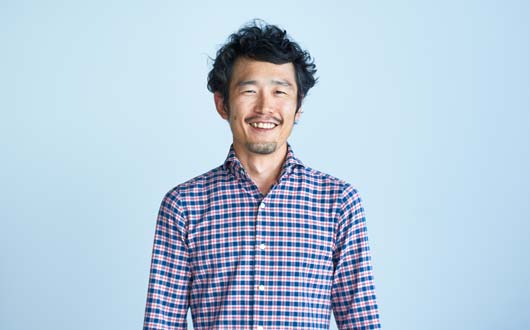
Endo Tadashi
Chief Photographer/Photography Group Leader, Visual Creative Division
Born in 1974, Endo Tadashi graduated from the Keio University Faculty of Business and Commerce. After working freelance, he joined Nippon Design Center in 2005, and presently works in the Photography Group of the Visual Creative Division. He has participated in numerous catalog shoots including catalogs for Toyota and Lexus, and in recent years has also been involved in video photography. His works include the Lexus RC-F catalog and product video for the Char Auris concept car.
Hello, I am Endo Tadashi. After gaining experience as a freelance assistant, I became a cameraman for Nippon Design Center. My first encounter with photography was when I was a second-year student in university. One of the general education courses involved learning about how to interpret photographs, and we looked at works by Cindy Sherman and Araki Nobuyoshi. There, I encountered the depth of photographic expression which allows a photograph to be an autobiographical story or a message to society, and this was what led me to take up a camera. At first, I wandered the city and took pictures of scenery and buildings, but I could not get enough and in my fourth year of university I began attending night classes of a photography vocational school. From that time, I spent my days taking pictures and working part-time jobs, and my nights attending photography school classes and developing prints. I became completely immersed in photography and had no time left to attend university.
At the photography school which I attended, most of the classes focused on the fundamental nature of photography rather than the technical aspects. For example, when presenting our own photographs, we were required to classify them objectively, excluding the circumstances and feelings from the time when we took them. Frequently I would have a photograph that I was extremely proud of critiqued as “nothing more than a news photograph, lacking any depth”, or “a tourist picture taken of something unusual, devoid of introspection”. When I looked back on these pictures later, I realized that the criticisms were correct. I think what they were trying to teach us was that the ability to accurately criticize photographs is what allows a photographer to create good works. Objectivity is the most important element in professional photographs, both for art and commercial photography. It is necessary to be the most dispassionate person there with regards to the subject. This lesson is still engraved in my mind nearly 20 years later. At the same time, I understand that what is needed is clarity and choosing the right “words” for the circumstances. For this purpose, I think it is important to know and fully understand the changes in the language of photography which result from each change of angle, lens, or lighting.
Cars are the primary subjects of my photographs. Now, I work without any boundaries between video and still photography, but when I started it was the age of film. Then there was the transition from film to digital photography, and the erasing of the lines between still photography and video. I experienced each of these transitions in my work in great detail. I first began shooting video around five years ago, when there was a dramatic improvement in the video functions of single-lens reflex cameras. Although I easily became familiar with the equipment, at first I was not at ease shooting video. While a photograph freezes an instant of time, video is media that shows what is in front of you exactly as it is. The slightest hesitation or delay in following the subject shows up clearly on the monitor. At first, this made me very tense. However even if the methods are different, when you get down to it the essential nature is the same – deciding how to present the subject in an appealing way. The innumerable moments during my work and everyday life when I think that a car is particularly beautiful serve as resources for me in my future work.
During a year, you will rarely find me either at home or at the company. I live a nomadic life from one location and studio to the next. Although it is nice to spend quiet time at home, I don’t think that I could go to the same workplace and do the same work every day from morning to night. Once during my travels, when I was in Los Angeles for a shoot, I went into a used bookstore on a whim and found a collection of photographs by Bernd and Hilla Becher, German photographers who I frequently enjoyed during my student days. Their photos of smelting furnaces, water towers, and similar subjects lined up like specimens can be interpreted by the viewer in different ways. The price was around 200 dollars, and I realized that it was so expensive because it was a first edition. Finding this collection of photographs, which I had used to study photography, at a shoot location after I becoming a cameraman was a coincidence that had to be fate, so I bought it. Although much time has passed since I first encountered photography, I still feel that this is where the essence lies. I expect that the next 10 years will see several waves of change in the same way as the past 10 years. I intend to keep this fundamental essence close to my heart and continue without stopping on the same path while also keeping my eyes open for new possibilities.
